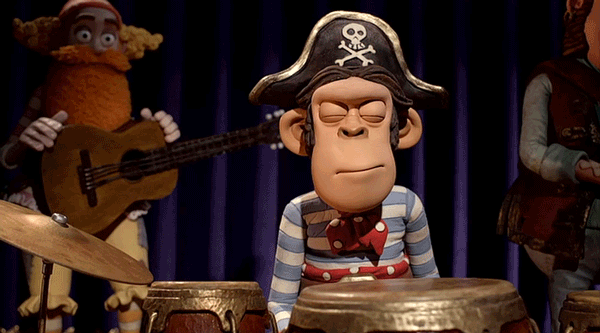I knew someone would get the almost joke.Ohh, I'd say anything below about 290 Kelvin is pretty darn cool...

I knew someone would get the almost joke.Ohh, I'd say anything below about 290 Kelvin is pretty darn cool...

But does Batman have time to prepare?16 sodium atoms walk in to a bar...followed by Batman.
But does Batman have time to prepare?
16 sodium atoms walk in to a bar...followed by Batman.

*groan*If you overlay the 60's theme with "Kiss From a Rose," you get salty Batman.

My Trek fan rationalization is that the Kelvin had a major refit...and was stil being used while most ships in service were 4 digits (1***), so the new protocol was to have all ships painted at 4 digits.You forgot to mention Grandpa Kelvin's birthday, May 14, or in other wards 5/14. Which for some reason has to have a zero in front of it when it becomes NCC-0514. Because we couldn't just go with NCC-514, there has to be a zero there.
If anything, I wish it had been a few years longer. The movie would've worked better with a "Four Years Later" jump between the Kobayashi Maru portion and the attack on Vulcan, because that would've given Kirk time to rise through the ranks to lieutenant or lieutenant commander, so that it wouldn't have been quite so implausible that he'd be third-in-command of the Enterprise. Also, an extra 4-year jump would've brought Chekov's age in line with that of his Prime counterpart.
I would have also liked the 4 year jump after the Kobayashi Maru test you mentioned, to Explain Kirk's position on the Vulcan mission - was the whole Enteprise only filled with cadets and new graduates? Where were the experienced older officers?
Pike was captured by Nero, Engineer Olson and the CMO were killed, Helmsman McKenna took a sick day.Where were the experienced older officers?

So, they're acknowledging that the timeline was one up until the Narada's appearance, then the timeline split in two. I guess thanks to the unusual properties of "Red Matter" created black holes.
It always confuses and amuses me why Star Trek fans are so up in arms about this Abrams alternate timeline being a big thing and possibly wiping out the original prime timeline.

(Which is a problem shared by Memory Alpha's blandly generic "Alternate reality" label. I'm surprised they haven't renamed it -- or even begun to debate renaming it, judging from the talk page on that article.)
We use essential cookies to make this site work, and optional cookies to enhance your experience.
